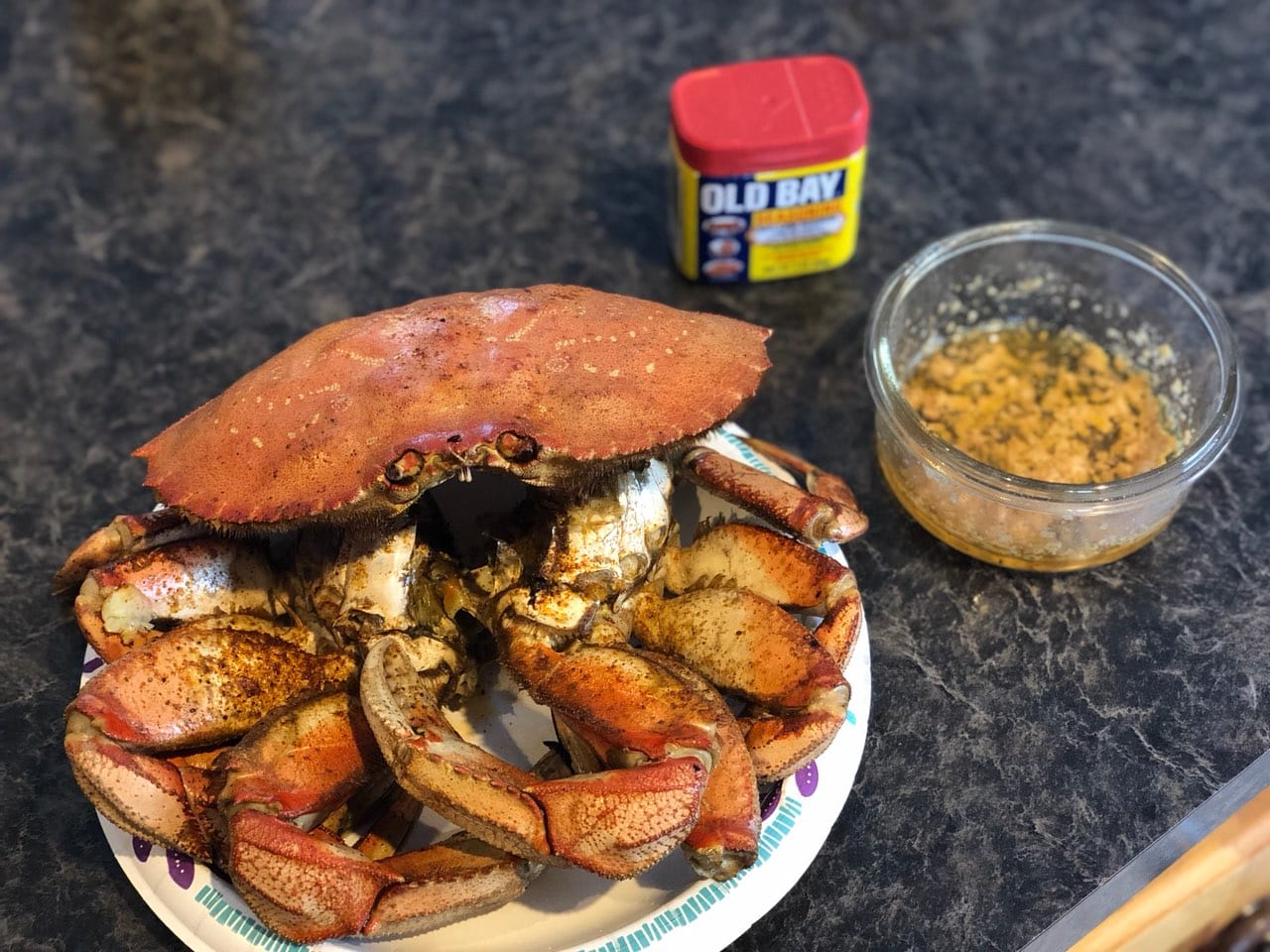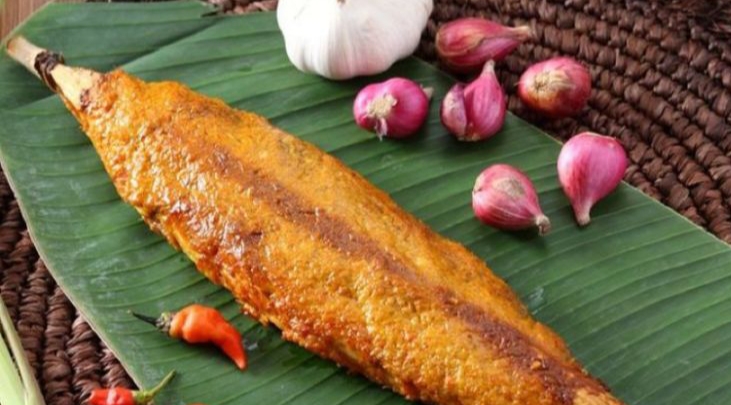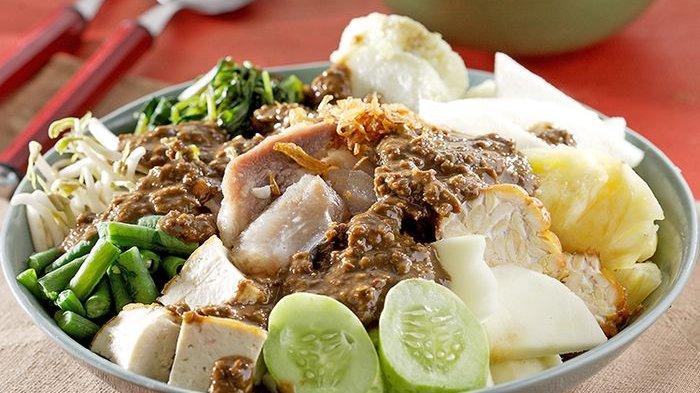Dungeness Crab is one of the most beloved and sought-after seafood delicacies along the Pacific Coast of North America. With its sweet, tender meat and rich flavor, the Dungeness Crab has become a staple in regional cuisines from Alaska to California. This fascinating crustacean is named after the town of Dungeness in Washington State, where it was first commercially harvested. Since then, it has become an iconic species, integral not only to the culinary traditions but also to the ecosystems and economies of the Pacific Northwest.
In this article, we’ll dive deep into the world of Dungeness Crab, exploring its habitat, biology, commercial importance, culinary uses, and the ongoing efforts to manage and sustain its population.
An Overview of Dungeness Crab
Contents
:max_bytes(150000):strip_icc()/f4-5bbce1f54cedfd0026a59389.jpg)
The Dungeness Crab (Metacarcinus magister) is a large, robust crustacean that can grow up to 10 inches in width and weigh as much as two pounds. These crabs are identified by their light brown to purplish shell, white-tipped pincers, and ten legs. Their shell, or carapace, is smooth and broad, tapering at the rear and curving inward at the front. This unique shape allows Dungeness Crabs to easily burrow into sandy or muddy bottoms along the coastal waters they inhabit.
Dungeness Crabs are found primarily in the cool waters of the Pacific Ocean, ranging from Alaska to California. They are typically found at depths between 30 and 600 feet, but can sometimes venture deeper in search of food. These crabs thrive in environments with sandy or muddy bottoms, where they can forage for food and seek shelter from predators yowestogel.
Habitat and Life Cycle
The Dungeness Crab’s life begins as a tiny larva, which spends several months drifting with ocean currents before settling to the ocean floor. As they grow, these young crabs go through a series of molts, shedding their old shells and forming new, larger ones. This process continues until they reach adulthood, which can take about two years. The crabs then develop a hard exoskeleton that provides protection against predators, but must continue molting periodically as they grow.
Adult Dungeness Crabs are highly mobile, often moving to different areas to find food or mate. Mating usually occurs between late spring and early fall, with the females carrying fertilized eggs on their abdomen until they hatch. A single female can produce up to two million eggs in one spawning, but only a small fraction of these will survive to adulthood due to predation and environmental factors.
Dungeness Crabs are opportunistic feeders, consuming a wide range of foods including small fish, mollusks, worms, and even smaller crustaceans. They play a crucial role in the marine food web, both as predators and as prey for other species like octopuses, sea otters, and larger fish.
Commercial and Economic Importance
The Dungeness Crab fishery is one of the most valuable and sustainable seafood industries on the Pacific Coast. It has been a significant economic driver for coastal communities, particularly in California, Oregon, Washington, and Alaska. The commercial fishing season typically runs from November through June, although exact dates can vary depending on local regulations and conservation measures.
Commercial fishermen harvest Dungeness Crabs using crab pots, which are baited traps that allow crabs to enter but not escape. This method is highly selective and has minimal impact on the surrounding environment, making it a sustainable way to harvest the crabs. Regulations also dictate the size and sex of crabs that can be legally harvested, helping to ensure that the population remains healthy and productive. Only male crabs over a certain size are allowed to be taken, while females and undersized males are returned to the ocean.
The Dungeness Crab fishery generates millions of dollars in revenue each year, supporting not only fishermen but also processors, distributors, and local businesses. The crabs are highly prized for their meat, which is sweet, tender, and versatile. This makes them a popular ingredient in a wide range of dishes, from simple boiled crab to elaborate seafood feasts.
Culinary Uses and Preparation
Dungeness Crab is celebrated for its rich, flavorful meat that is slightly sweet and highly versatile. It can be prepared in numerous ways, depending on regional preferences and culinary traditions. One of the simplest and most popular methods is to boil the crab and serve it with melted butter and lemon. This allows the natural flavors of the crab to shine through and makes for an easy yet satisfying meal.
Crab Louie, a classic West Coast dish, features chilled Dungeness Crab meat served over lettuce with a tangy dressing and garnished with vegetables. Another favorite is the crab cake, where the meat is mixed with breadcrumbs, seasonings, and herbs before being pan-fried to golden perfection. In San Francisco, Dungeness Crab is often served in cioppino, a hearty tomato-based seafood stew that showcases the crab’s sweetness alongside other fresh seafood.
In addition to these traditional dishes, Dungeness Crab is also used in modern culinary creations. Chefs and home cooks alike have experimented with incorporating the crab into pastas, salads, and even sushi. The versatility of Dungeness Crab makes it an ideal ingredient for a wide range of recipes, from casual meals to gourmet dining experiences.
Sustainable Harvesting and Conservation Efforts
Due to its economic importance and popularity, there is a strong emphasis on sustainable harvesting practices for Dungeness Crab. State and federal agencies work together to manage the fishery, setting quotas, size limits, and seasonal restrictions to protect the crab population. Conservation efforts are focused on ensuring that the crabs are harvested in a way that maintains a healthy and productive population.
One of the key components of sustainable Dungeness Crab management is the protection of female crabs. By allowing only male crabs above a certain size to be harvested, fisheries help ensure that females can continue to reproduce and sustain the population. Additionally, regulations often require that undersized crabs be returned to the ocean, allowing them to reach maturity and contribute to future generations.
In recent years, environmental factors such as climate change and ocean acidification have raised concerns about the long-term health of the Dungeness Crab population. Warmer ocean temperatures can affect the crab’s habitat, while changes in ocean chemistry can impact their ability to form shells. Scientists and policymakers are closely monitoring these developments and working to adapt management practices as needed to protect the species.
Cultural Significance and Regional Traditions

Dungeness Crab holds a special place in the culinary and cultural traditions of the Pacific Northwest. It is a popular feature at community events and festivals, where locals and visitors come together to celebrate the crab and enjoy its delicious meat. One such event is the Dungeness Crab & Seafood Festival in Port Angeles, Washington, which draws thousands of visitors each year to enjoy fresh crab and other local seafood.
In addition to its role in regional cuisine, Dungeness Crab has also become a symbol of the coastal way of life. For generations, families have depended on the crab fishery for their livelihood, and the crab has been a source of pride and identity for many communities. The crab’s distinctive shape and coloration can be found on everything from restaurant signs to local artwork, further illustrating its importance to the region’s culture and heritage.
The Future of Dungeness Crab
As we look to the future, the Dungeness Crab faces both challenges and opportunities. The continued success of the fishery will depend on sustainable management practices, as well as the ability to adapt to changing environmental conditions. Ongoing research and monitoring are essential to understanding the impacts of climate change on the crab population and to developing strategies to mitigate these effects.
Consumers also play a role in the future of Dungeness Crab. By supporting sustainable seafood practices and choosing to buy from reputable sources, consumers can help ensure that the crab remains a viable and delicious option for generations to come.
In conclusion, the Dungeness Crab is more than just a seafood delicacy—it is a vital part of the Pacific Coast’s ecosystem, economy, and culture. Its sweet, tender meat has won the hearts of seafood lovers around the world, while its ecological and economic importance continues to shape the lives of those who depend on it. Whether enjoyed at a seaside festival or served in a fine dining restaurant, Dungeness Crab is a true treasure of the Pacific, and its legacy will continue to endure.
Also read other interesting articles about Makanan Laut: Manfaat, Jenis, dan Tren Terkini here





